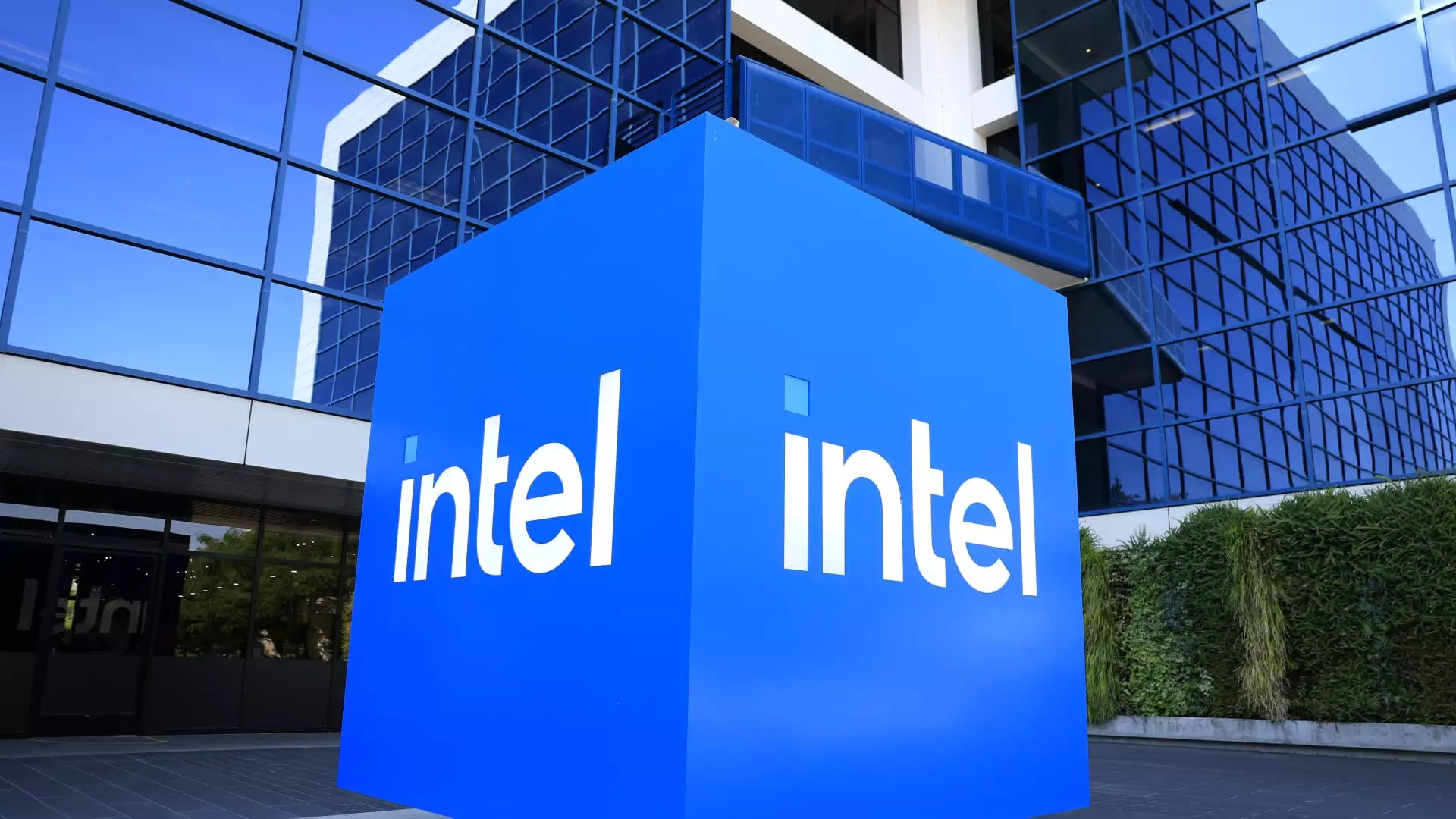Intel’s recent earnings reveal a company at a crossroads—a tech behemoth grappling with the stark realities of industry shifts and internal disarray. Under new CEO Lip-Bu Tan, the company promises reform, restructuring, and a renewed focus on competitiveness. Yet, beneath the surface lies a complex narrative of missed opportunities, strategic missteps, and a fragile path forward. While the earnings beat Wall Street’s predictions in terms of revenue, the underlying financial turmoil and operational recalibrations hint at deeper issues that threaten Intel’s future stability. The decision to pare down manufacturing ambitions and cut costs signals a desire for leaner, more sustainable growth—but at what risk?
Financial Health in Question: The Good, The Bad, and The Concerning
Intel’s second-quarter report paints a picture of a troubled giant trying to recompose itself. Surpassing revenue estimates to hit nearly $13 billion was a positive sign, yet the company posted a staggering $2.9 billion net loss—an increase from last year’s $1.61 billion loss. Adjustments, such as an $800 million impairment charge, adequately underscore the misallocation of resources and overambition. It’s clear that Intel’s previous investments in fabs and infrastructure over recent years created excess capacity—assets that now sit underutilized or outright obsolete.
The market’s reaction was somewhat muted but optimistic, with shares climbing 13% in 2024, after a catastrophic 60% plunge in the previous year. This trajectory underscores how fragile investor confidence remains, reliant on the company’s ongoing restructuring efforts rather than current profitability. Guidance for Q3 suggests a cautious stance—breaking even on earnings and modest revenue growth—reflecting a company still in transition, not in lift-off. In essence, Intel’s higher revenue figures seem hollow, masking underlying operational inefficiencies and a need for fundamental change.
Strategic Cuts Reflect Fundamental Flaws
Tan’s announcement to halt construction of new fabs in Germany and Poland reveals a vital acknowledgment: overexpansion in a capital-intensive industry was reckless. The decision to slow down Ohio’s chip factory project serves as a stark admission of budget overruns and overcommitment. By consolidating testing and assembly operations into fewer locations in Vietnam and Malaysia, Intel is trying to slim down its fragmented and underperforming manufacturing footprint. However, such measures also signal a retreat from its long-term ambition to be a dominant player in cutting-edge chip production.
The foundry segment, which has been a costly, losing proposition, typifies Intel’s struggles with monetization and positioning itself in a highly competitive industry dominated by TSMC and Samsung. With an operating loss of over $3 billion on revenues of $4.4 billion, the division remains a drain on resources—tentative progress at best. The plan to build out new process nodes only with confirmed customer commitments highlights a shift from speculative expansion to demand-driven investment, but also raises concerns whether Intel can carve out a sustainable niche before competitors tighten their grip.
Shifting Focus: Competition and Market Share Battles
The company’s traditional markets—client computing and data centers—are showing divergent signals. While PC chip sales dipped slightly, Intel’s effort to regain ground in the data center space faces formidable challenges. Rival AMD has been steadily encroaching on server market share, particularly within cloud infrastructure—an increasingly lucrative segment demanding advanced, efficient chips. Intel’s plan to overhaul its leadership in this division, including reviewing all chip designs personally, hints at a battle for innovation and credibility.
However, these moves also suggest a recognition of how far behind Intel has fallen in key growth areas like AI and high-performance computing. Relying on delayed product launches and hesitant investment in next-generation processes underscores a crisis of confidence. Yet, Tan’s insistence on making every dollar justify an investment signals a pragmatic, if somewhat defensive, approach—favoring caution in an industry driven by rapid innovation and aggressive competitors.
A Company at a Crossroads but with Limited Clarity
Intel’s current trajectory raises fundamental questions about its future viability. Reining in costs and halting unprofitable projects are necessary steps, but they also expose a broader issue: the company’s lack of a clear, compelling vision to regain technological leadership. Its internal focus on trimming excess, while sensible, may undermine the ambitious innovation needed to challenge the industry’s giants.
A delicate balance must be struck—between financial discipline and bold innovation. Intel appears to be leaning heavily on the former, risking a future where it becomes a high-cost, low-margin player rather than a leader in cutting-edge chip design. The next phase will determine whether this pragmatic retrenchment can be transformed into a strategic comeback or if Intel’s legacy will be overshadowed by rivals who capitalized on its stagnation.

